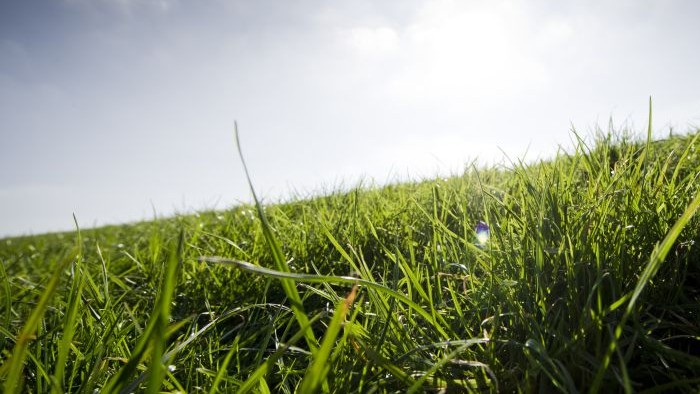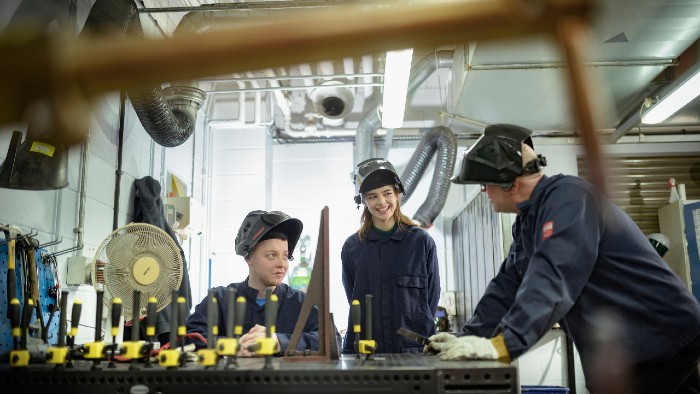The report, published today, reveals the major role that parks played in helping sustain people and communities over the past year, reducing isolation and loneliness, making nature accessible and giving people the chance to exercise safely.
But for parks to deliver all these critical social benefits they need to be in good condition, safe and full of facilities. The research finds that to deliver the maximum value and enjoyment for people, parks need to feature facilities like toilets and cafes and have staff and rangers to help coordinate and manage volunteers, run classes and workshops and help people make full use of them.
'This research shows us how important parks are to individual wellbeing but also to community wellbeing'
The research, conducted by the Centre for Regional Economic and Social Research at Sheffield Hallam University, looks at how people used six parks in England and Scotland which had received significant investment through the National Lottery-funded Parks for People programme. Research started before the pandemic was carried on during the crisis, showing not only how parks were used in normal times, but their role as a lifeline during an incredibly difficult time.
The parks featured in the study were Alexandra Park, Manchester; Boultham Park, Lincoln; Grosvenor & Hilbert Park, Tunbridge Wells; Myatt’s Field, London; Saughton Park, Edinburgh and Stafford Orchard, Quorn, Leicestershire.
Drew Bennellick, Head of Land and Nature Policy at The Fund, said: “The research confirms what many of us have discovered for ourselves, that parks provided a lifeline and a refuge during the biggest threat to our collective wellbeing since the Second World War. But potentially we could be achieving so much more for health, climate and biodiversity if we really maximise the use of urban parks and green spaces, and that requires more investment over and above simply cutting the grass and picking up litter.”
Parks are critical social and green infrastructure
Urban green spaces such as parks were the most frequented of all green spaces during lockdown. The research showed that unsurprisingly, parks provided a lifeline and a breathing space for many. People visited more often, had more time to appreciate them and were using them in different ways, often for exercise and to spend time with their families.
Many people, even if they used a park regularly, didn’t know how much it had to offer. Even when facilities were closed, people were discovering new spaces, opportunities for exercise and play and to connect with nature.
Dr Will Eadson, Reader in Urban Sustainability Policy at Sheffield Hallam University, said: “This research shows us how important parks are to individual wellbeing but also to community wellbeing. Investment in facilities combined with long-term commitment to activities that bring people together in parks can make them hubs for community action and local economic innovation. Through our research we also saw how the Covid-19 pandemic highlighted the importance of accessible greenspace for thriving communities.”
However not everyone’s experience was positive. The closure of community facilities limited some people’s ability to enjoy parks. Those who usually attended organised activities such as volunteering had a poorer experience, and this had a disproportionate impact on more vulnerable people. At Saughton Park the disabled cyclists who attend regular all-ability cycling sessions were no longer there. Others felt unable to connect because their local green spaces had become overcrowded and, in some cases characterised by incidents, or fears of, antisocial behaviour such as outdoor drinking.
Over the past 26 years, 900 urban parks have been regenerated through over £1billion invested by The National Lottery, working in partnership with the many local authority owners. The research shows how critically important investment is to maximise the benefits of parks and that one-off grants also require long-term, sustainable funding to maintain long-lasting benefits.
Drew added: “We can expect the long-term impacts of Covid-19 on health and wellbeing to continue for some time. Parks are critical social and green infrastructure and could deliver far more and better than many do now, but it needs investment by local authorities as well as by central Government to realise a much greater vision for their role in getting us out of this pandemic.”



